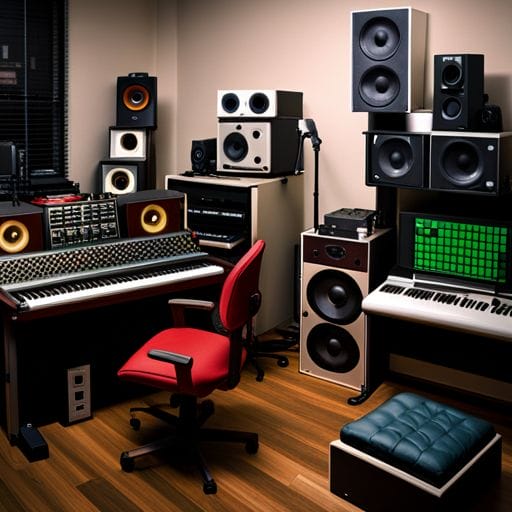Producing Chiptune and 8-Bit Video Game-Inspired Music

How can someone without a strong background in music theory begin producing chiptune and 8-bit music?
Chiptune, also known as chip music or 8-bit music, is synthesized electronic music produced with the sound chips found in vintage computers, video game consoles, and arcade machines. This distinctive genre is well-known for its presence in early video games and carries a heavy sense of nostalgia for many. The limitations that were once present due to the technology of the time has now become its defining character. As the digital music landscape continuously evolves, there has been a resurgence in interest in 8-bit music production. This tutorial will provide you with the basics of creating your own chiptune music.
Understanding Chiptune and 8-bit Music
Before you can start producing your own 8-bit music, it’s vital to first understand the characteristics of this genre. The sound is heavily defined by its simple waveforms, including square waves, triangle waves and sawtooth waves, usually with raw, undiluted waveforms and controls for envelope and other rudimentary synthesis parameters.
The Equipment
In the past, creating chiptune music required certain outdated hardware. However, today’s advances in software make it possible to create authentic-sounding chiptune music on your regular computer. VST plug-ins, for instance, can emulate the sounds of old game systems. Free tools like FamiTracker are designed to help you create music in the style of NES games. Commercial products like Plogue’s Chipsounds offer even more features and a wide variety of sounds.
Tips on Producing Chiptune Music
Keep It Simple
One of the defining features of chiptune is its simplicity, which arises from the hardware limitations of the original systems. Melodies and harmonies should be straightforward, with simple, percussive drums.
Explore Sound Design
Experiment with pulse width modulation, bit-crushing, arpeggios, short looping samples, and other sound design techniques to authenticate the chiptune feel.
Use Authentic Sounds
Using instruments that match or closely emulate the sound chips of old game consoles and computers is key. Instruments of choice include square waves for melody, triangle waves for bass, and noise channels for percussion.
Summary
Producing chiptune and 8-bit music might seem like a daunting task at first, especially if you’re new to music production. However, with the right tools and a bit of practice, you’ll be able to create tracks that’ll teleport listeners back to the golden age of video games.
Learn More
Learning to produce chiptune music takes time and practice, and there are many resources available to help you along the way. Numerous online tutorials, forums, and blogs can provide further insight into the techniques and software used in this unique genre. So plug in, power up, and start making your own chiptune music.
